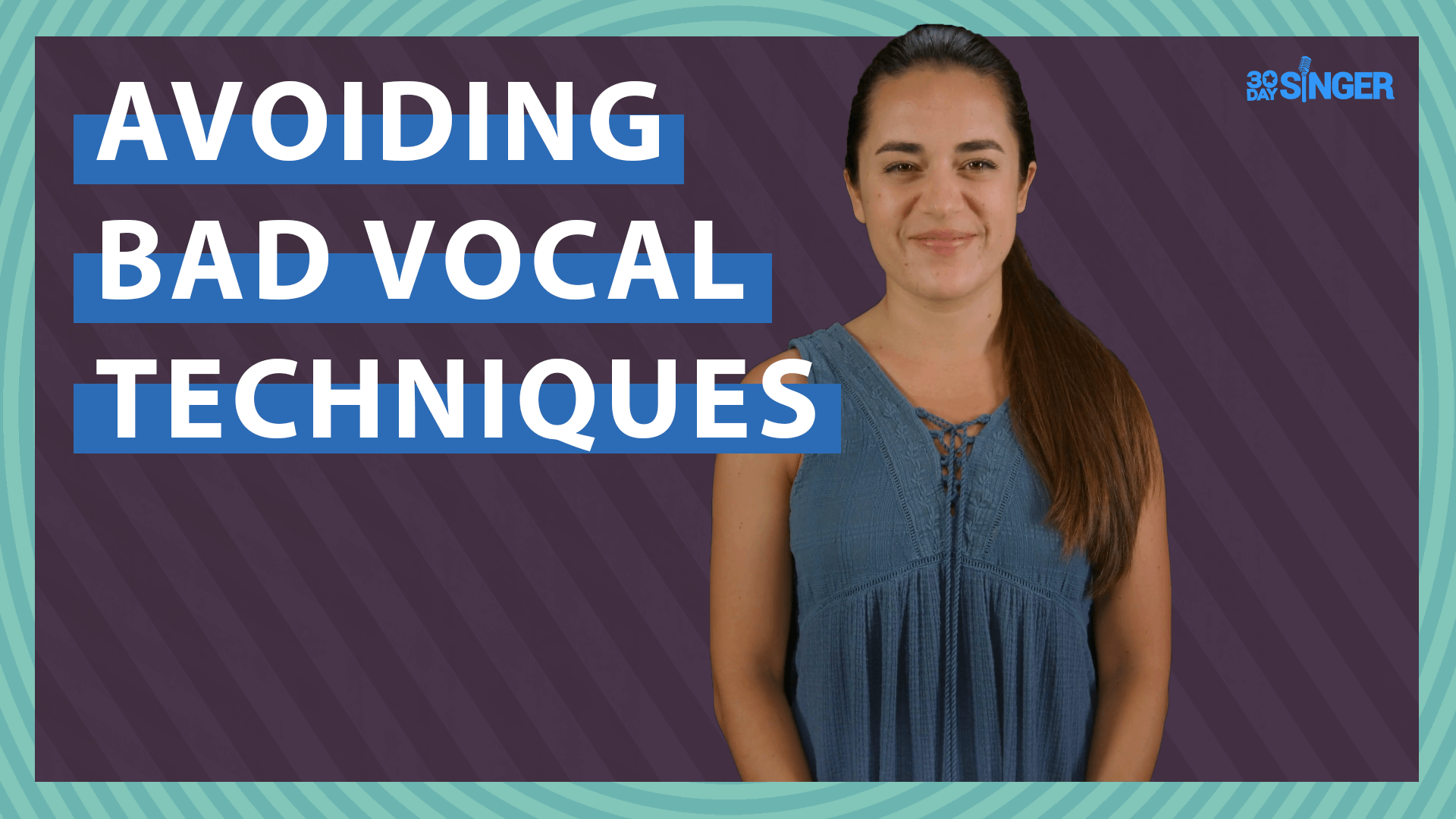How to Practice Quietly - How to Sing Better
May 21, 2020By Camille van Niekerk
Daily practice gets a little complicated when you live with roommates or family members. They might be understanding - but what if you’re in an apartment with neighbors on all sides? This article will give you some tips on how to practice quietly!
Tip #1: Modify your warmups
If you really can’t make a lot of noise, modify your warmups to use more “semi-occluded vocal tract” exercises. These include singing through a straw, lip trills, and using sounds like MM, NN, NG, VV, ZZ, or BB.
SOVT exercises are much quieter than open vowels or syllables, and they also happen to be great for your vocal training! The partial occlusion (closure) of your vocal tract provides some back pressure on your vocal folds, which helps them to line up properly with very little effort. We often recommend SOVT’s for a gentle warmup, range extension, training healthy cord closure, and balancing both resonance and breath support. Even if you didn’t have roommates or neighbors to worry about, SOVT’s should be a part of your vocal exercise routine!
Tip #2: Sing quietly, NOT breathily!
This is so important. Breathiness in your sound is not something we want to train. In fact, we do specific exercises (like singing on a GUH or BUH) to encourage firmer cord closure when we hear excess breathiness or air leakage. While airiness might be something you add for stylistic effect within a song, you should only do that sparingly. When it comes to your vocal warmup and daily practice, clean tone without excess air is always the goal!
A disclaimer about singing quietly: Many exercises can be done quietly (especially SOVT’s or singing on a closed vowel like EE and OO). But some, in order to be done properly, cannot. Belting and singing open vowels in your upper register just can’t be done quietly. Avoid exercises like this if you need to be very quiet.
And a warning: we don’t want quiet singing to be the only singing we do! If you only ever sing quietly, you’re essentially training yourself to “undersing”. And when you do have the space or privacy to “sing out”, it will be difficult to do!
 Learn how to avoid bac vocal techniques here.
Learn how to avoid bac vocal techniques here.
Tip #3: Sing with a track
It’s intimidating to sing a capella and know that your neighbors or roommates are hearing you. But what if your voice was blending in with another voice or instrument? When you do a vocal warmup, play the audio through your speaker, rather than wearing headphones. And when you work on a song, sing along with a karaoke track (or even with the original)! That way, your neighbors will hear music playing, but you’ll feel a little more free to sing out. That’s a good tip in general, if you’re shy about your singing: sing along with the original so you have the “support” of a full band and singer while you practice.
Tip #4: Choose the best practice room
A few things to ask yourself, when choosing the best practice room:
1. Which walls are shared (with a roommate or neighbor)?
2. Which rooms have padding to dampen the sound (ie: carpet, rugs, blankets, pillows)?
3. Which rooms do your upstairs or downstairs neighbors spend the least amount of time in?
For example: I live in a studio on the ground level, and I have family members living above me. I usually practice in my bathroom when I’m singing loudly, because it’s directly underneath an upstairs bathroom, not a bedroom or living room. The bathroom is technically the worst in terms of sound dampening (tile, glass, etc) - but I like hearing myself well and checking on my posture in the mirror. Plus, I know that my upstairs housemates can only hear me clearly if they’re in their bathroom, which they spend the least amount of time in compared to other rooms in the house.
If sound dampening is your #1 concern, a closet may be your best choice! Place a towel or blanket at the foot of your bedroom door, and sing facing the open closet, so your sound is dampened by your clothing. (Facing a wall is typically the worst choice because the sound bounces off the wall and is amplified.)
Tip #5: Communicate to choose an ideal time
At this moment in time, a lot of us are home all day, which makes practice time much more difficult to plan. Under “normal” circumstances, you might be able to choose a time to practice when most people are at work or school. But with almost everyone staying home, communication may be your best option!
If you have a good relationship with your neighbors or roommates, let them know that you’re taking voice lessons and would like to find a time to practice that won’t interrupt their work. Tell them you’re looking for a regular time slot of 1 hour (or however many minutes you normally practice) and ask if there are any times during the day that they require quiet (a child’s nap time, for example). If you don’t have a relationship with them, you can even leave them a note asking for their input and expressing your gratitude for their understanding, with your e-mail address or another way to contact you.
I wish you good luck finding a place and time to practice! Even if you’re limited to a shorter practice time, remember that there are many musical activities requiring little to no noise: active listening and analysis (especially of live performances), ear training, learning a new song, and listening to past recordings of yourself to track your progress and set new goals.


